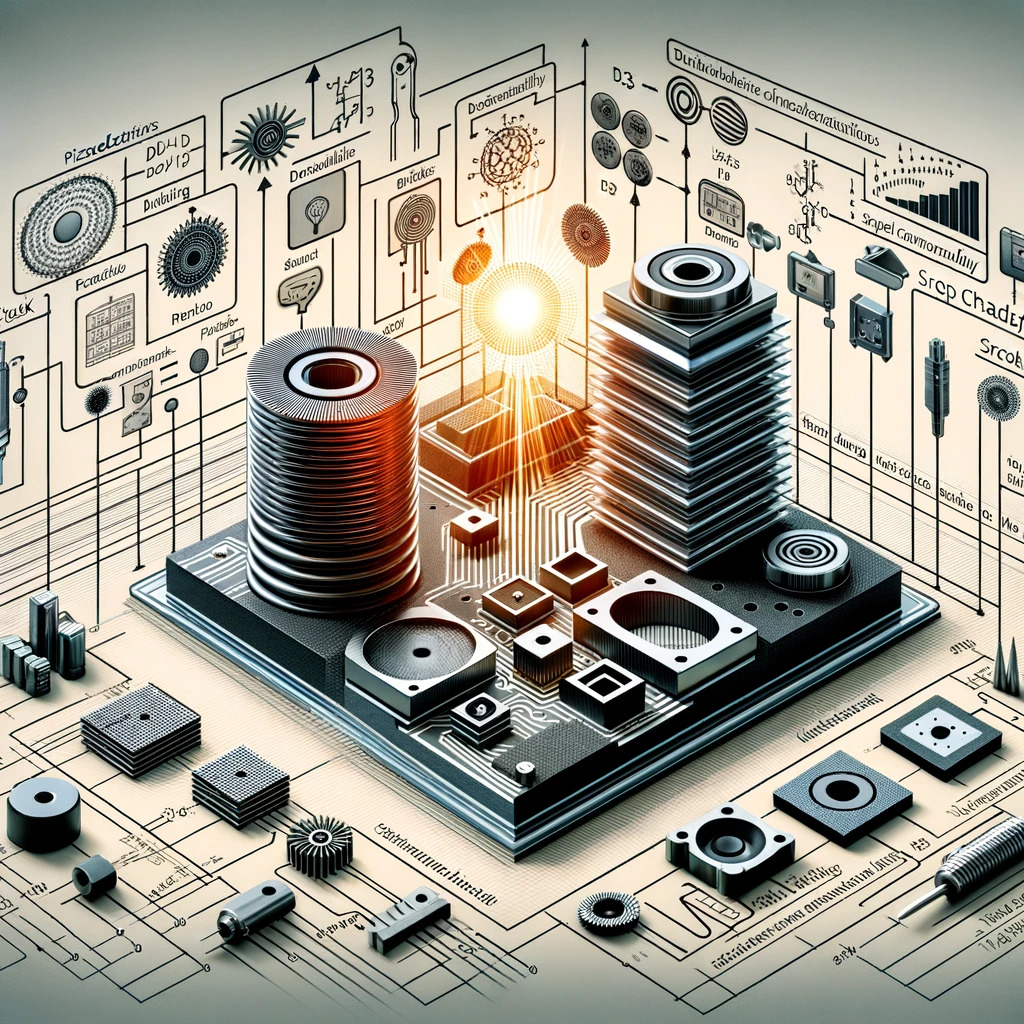TSMCはアップルのビジネスを維持するために、不良品チップのコストを負担すると言われている。
アップルがMac向けのM3シリーズ・プロセッサーや一部の次世代iPhone向けのA17 Bionicを含む次世代チップに、台湾セミコンダクター(TSMC)の新しい3nm製造プロセスを採用することは、数ヶ月前から噂されている。しかし、The Informationの新たな報道は、アップルがコストを抑えるために確保した有利な条件の一部を明らかにしている: アップルは何十億ドルという巨額のチップを発注し、その見返りとしてTSMCは不良プロセッサーのダイのコストを負担する。
チップメーカーは、一度に複数のチップを製造するために大きなシリコンウェハーを使用する。特に新しい製造プロセスの初期には、これらのダイの多くに欠陥が生じるのが普通だ。つまり、まったく動作しないか、注文した企業の仕様どおりに動作しないかのどちらかだ。
通常、チップ設計者は、それが機能するかどうかにかかわらず、個々のダイの代金を支払わなければならない。(アップルを含む)企業が、低クロック速度で動作したり、パーツを切り替えたりしたカットダウンまたは「ビン詰め」チップを販売する主な理由はそこにある。そうすることで、不良ダイからお金を回収することができるのだ。アップルのTSMCへの発注は、TSMCがアップルに使用不可能なダイの代金を請求しないだけの十分な規模があるようだ。
この節約は、新しい製造プロセスにとってはかなり大きなものになる。インフォメーションによると、初期の3nmダイのおよそ70%は使用可能だったが、この数字は製造されるチップによって変わる可能性があり、プロセスが改善されるにつれて一般的に上昇する。
The Information says that Apple was responsible for 23 percent of the $72 billion that TSMC made in 2022, making Apple "by far TSMC's largest customer." Reports have been circulating for months that Apple has bought up all of TSMC's 3 nm manufacturing capacity in the short term, and The Information reports that TSMC's 3 nm technology will be exclusive to Apple for "roughly a year" before there will be capacity to allow any other companies to use it.
This deal has apparently been in place since Apple started using TSMC's factories back in 2014 for the Apple A8 and the iPhone 6. For a time, Apple used multiple sources for its processors, using Samsung-made processors in some iPhones and TSMC-made chips in others. But all of Apple's chips have been manufactured at TSMC for most of the last decade.
TSMC currently makes most of the high-performance CPUs, GPUs, and SoCs for most of the world's biggest chip companies; Apple, Nvidia, AMD, and Qualcomm all use TSMC for their most advanced products, and many have switched from competitors like Samsung and GlobalFoundries in the past few years. Even Intel, which for most of its history has only made Intel-designed chips in its own factories, is relying on TSMC's manufacturing for its Arc GPUs and some parts of its upcoming Meteor Lake processors, even as it tries to open its own factories to compete with TSMC for business from other chip designers.
Both Samsung and Intel are either shipping or preparing to ship 3 nm technology, though it's hard to compare processes across different companies—they're all using different underlying technology, and the Intel 3 process used to be called "5 nm," just to give you some idea of how broad and hand-wavy a number like "3 nm" is. TSMC has had a lead over its competitors for a few years now, but that can change, and Apple could always threaten to go elsewhere if TSMC won't keep giving Apple favorable terms.
The Informationによれば、アップルはTSMCが2022年に稼いだ720億ドルのうち23%を担っており、アップルは "TSMCにとって圧倒的に大きな顧客 "だという。アップルがTSMCの3nm製造能力を短期的に買い占めたという報道は数カ月前から流れており、The Informationによれば、TSMCの3nm技術は「およそ1年間」アップル独占となり、その後、他社が使用できる能力が確保されるという。
この契約は、アップルが2014年にApple A8とiPhone 6のためにTSMCの工場を使い始めて以来、行われてきたようだ。一時期、アップルはプロセッサーに複数の供給元を使い、サムスン製のプロセッサーを一部のiPhoneに使い、TSMC製のチップを他のiPhoneに使っていた。しかし、アップルのすべてのチップは、過去10年の大半の間、TSMCで製造されてきた。
アップル、Nvidia、AMD、クアルコムはいずれも最先端製品にTSMCを使用しており、その多くはここ数年でサムスンやグローバルファウンドリーズといった競合他社から乗り換えた。インテルでさえ、その歴史のほとんどにおいて、インテル設計のチップだけを自社工場で製造してきたが、Arc GPUと次期Meteor Lakeプロセッサーの一部の部品についてはTSMCの製造に依存している。
サムスンもインテルも3nm技術を出荷中か出荷準備中だが、各社のプロセスを比較するのは難しい。各社とも異なる基盤技術を使っており、インテルの3nmプロセスはかつて「5nm」と呼ばれていた。TSMCはここ数年、競合他社をリードしてきたが、それは変わる可能性があり、アップルはTSMCがアップルに有利な条件を提示し続けなければ、いつでも他へ行くと脅すことができる。
[その他のおすすめ記事]
【株式投資・資格取得・副業でマネーマシンを作る】管理人のポートフォリオ・スペック


